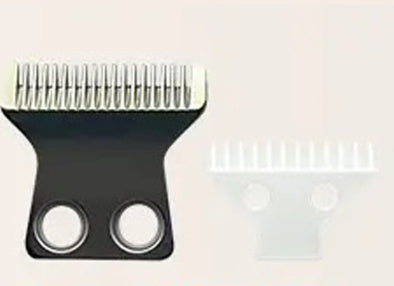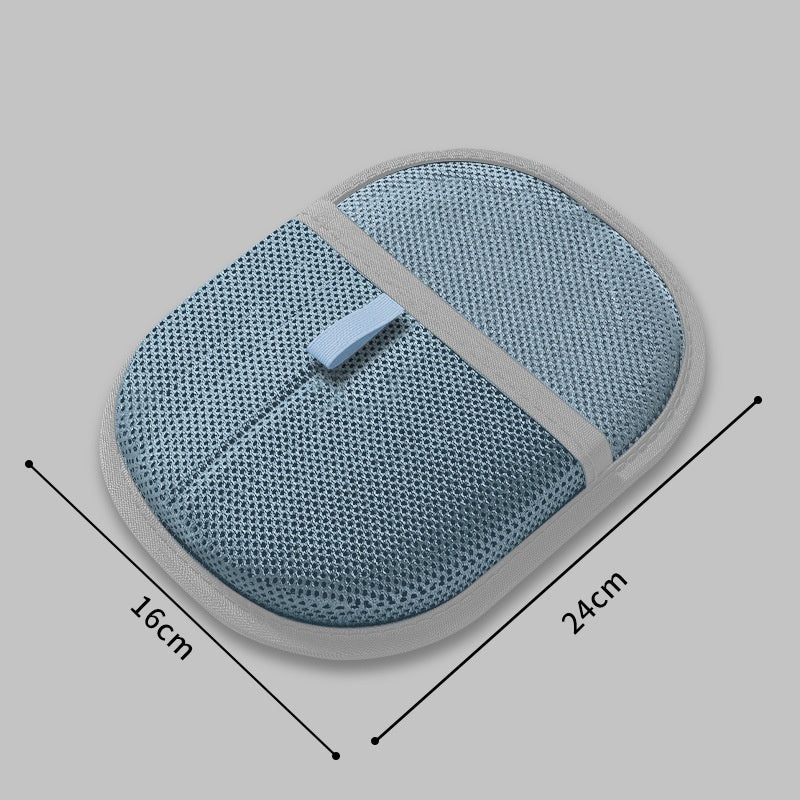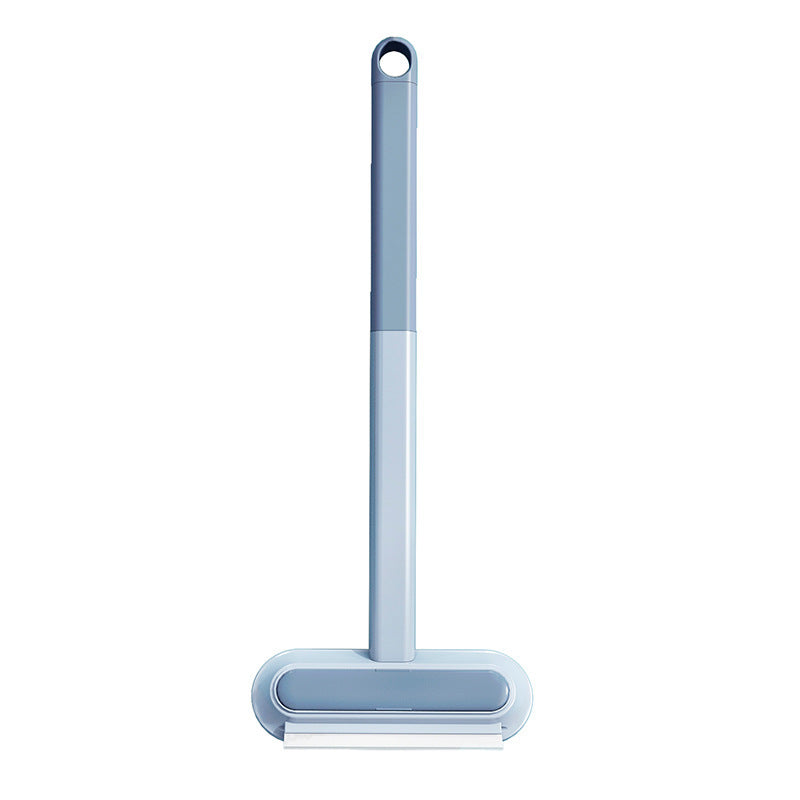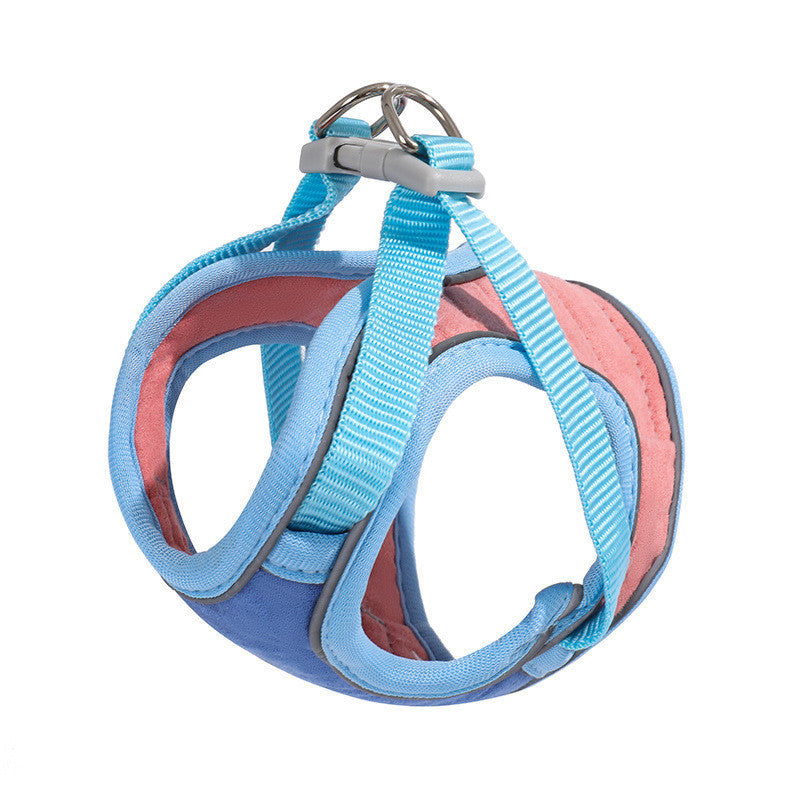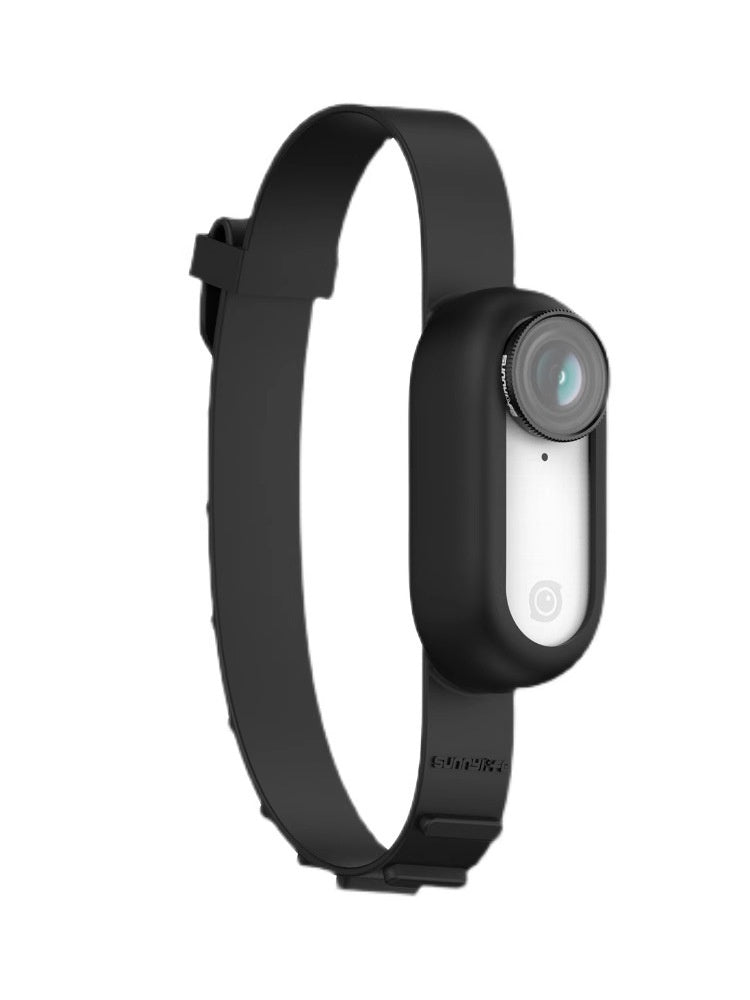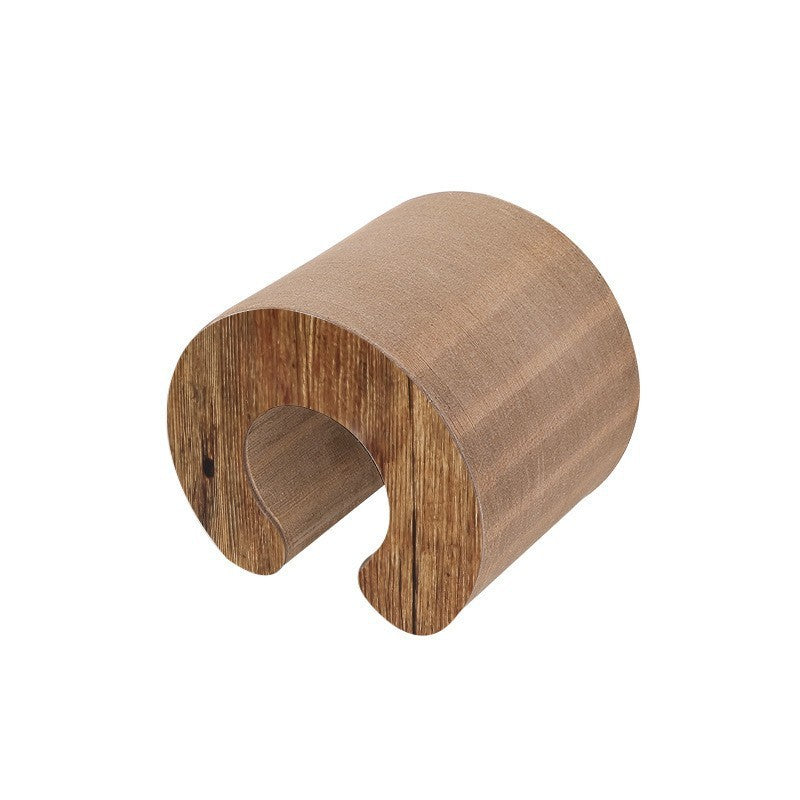The Complete Guide to Cat Travel: Transform Stressful Journeys into Smooth Rides
Turn stressful journeys into smooth rides with the right gear. Whether you're heading to the vet, visiting family, or embarking on a road trip across Australia's diverse landscapes, travelling with your cat doesn't have to be a nightmare. With the right accessories and preparation, you can make every journey safer, calmer, and more comfortable for both you and your feline companion.Why Travel Prep Matters for Australian Cat Owners
Cats are creatures of habit, and unfamiliar environments can trigger significant anxiety. According to RSPCA Australia, poorly secured carriers or inadequate preparation are common causes of injury during pet transport, with reports showing that unsecured pets cause over 5,000 road accidents annually across the country.Understanding Your Cat's Travel Psychology
Before diving into gear recommendations, it's crucial to understand why cats find travel stressful. Unlike dogs, who often view car rides as exciting adventures, cats typically perceive travel as a threat to their carefully established territory. The unfamiliar sounds, smells, and motion can trigger their natural flight-or-fight response, leading to stress behaviours like excessive vocalisation, panting, or attempts to escape.The Ultimate Cat Travel Checklist: Essential Gear for Australian Roads
1. Secure, Well-Ventilated Carrier - Your Cat's Mobile Safe Haven
Your carrier is the most critical piece of travel equipment, serving as your cat's secure sanctuary throughout the journey. Choose a hard-shell carrier that's escape-proof and fits securely in your vehicle. The carrier should meet Australian Standards for pet transport if you're flying domestically.
- Sherpa Original Deluxe: Airline-approved, with excellent ventilation and multiple access points
- Petmate Sky Kennel: Heavy-duty plastic construction, perfect for nervous travellers
- Catit Cabrio: Multifunctional carrier that doubles as a cosy hideaway at your destination
2. Seatbelt Systems and Car Safety Equipment
Road safety isn't optional when travelling with pets. Secure the carrier with your vehicle's seatbelt system or invest in a purpose-built pet travel harness like the crash-tested SleepyPod ClickIt harness, which meets Australian road safety standards.- Important Legal Note: Never allow your cat to roam loose in the vehicle. In New South Wales, South Australia, and Tasmania, unsecured pets can result in fines up to $400 and three demerit points. Beyond legal requirements, an unrestrained cat poses serious risks during sudden stops or accidents.
- Installation Tips: Position the carrier in the back seat, secured with the seatbelt threaded through designated anchor points. Avoid placing carriers in the front seat where airbags could cause injury, and never secure carriers in the boot or ute tray where ventilation and temperature control are compromised.
3. Comfort Items - Creating Familiarity on the Road
Familiar scents and textures can dramatically reduce travel anxiety. Line the carrier with a blanket or piece of clothing that smells like home. Consider rotating bedding items so there's always something with a familiar scent available.- A favourite blanket (ideally one that hasn't been recently washed)
- A small, soft toy that fits safely in the carrier
- Non-slip matting for carrier floors to prevent sliding during travel
- A travel-sized cushion designed for pet carriers
4. Hydration and Nutrition on the Go
- Portable Water & Food Systems: Collapsible silicone bowls are lightweight, easy to clean, and perfect for Australian road trips. The Outward Hound Port-A-Bowl or similar collapsible designs take up minimal space and can handle our harsh outdoor conditions.
- Hydration Strategy: Offer small amounts of water every 2-3 hours during long journeys, but avoid overhydrating, which can lead to toileting accidents. Use bottled or filtered water if you're travelling to areas with different water sources, as sudden changes can upset sensitive stomachs.
- Feeding Guidelines: Provide a light meal 2-3 hours before departure. For journeys longer than 6 hours, pack your cat's regular food in sealed containers. Avoid feeding during active travel to prevent motion sickness, but offer small amounts during extended rest stops.
5. Waste Management Solutions
Toileting needs don't pause for travel, especially on Australia's long-distance routes. Pack a compact waste management kit that's easy to deploy and clean up.- Travel Kitty Litter Box or similar compact, disposable options
- Small amount of familiar litter (bringing your cat's regular brand reduces stress)
- Waste bags and biodegradable options for environmentally conscious disposal
- Pet-safe disinfecting wipes
- Odour-neutralising spray designed for pet carriers
- Paper towels and rubber gloves for cleanup
6. Calming Aids and Stress Reduction Tools
Even well-prepared cats can experience travel anxiety. Having calming aids readily available can make the difference between a peaceful journey and a stressful ordeal.- Soft classical music or white noise apps designed for pets
- Lightweight carrier covers to create a den-like environment
- Battery-operated fans for additional air circulation on hot days
7. Comprehensive Emergency Preparedness Kit
Australian travel often involves remote areas where veterinary help isn't immediately available. A well-stocked emergency kit is essential for responsible cat travel.- Pet first aid manual with Australian emergency vet contact numbers
- Digital thermometer (normal cat temperature: 38-39.2°C)
- Sterile gauze pads and medical tape
- Antiseptic wipes safe for pets
- Emergency blanket for temperature regulation
- Small torch with extra batteries
- Current vaccination certificates
- Microchip registration details
- Recent high-quality photos of your cat from multiple angles
- Veterinarian contact information including after-hours numbers
- Pet insurance details if applicable
- List of emergency veterinary clinics along your planned route
Flying with Your Cat: Navigating Australian Aviation
Air travel with cats requires additional preparation and compliance with strict regulations that vary between airlines and destinations.- Contact your airline at least 48 hours before travel to confirm pet policies and carrier requirements
- Ensure your carrier meets International Air Transport Association (IATA) standards for pet travel
- Book early, as most airlines limit the number of pets per flight
- Obtain health certificates from your vet within the required timeframe (usually 10 days for domestic flights)
- Seasonal Considerations: Jetstar, Virgin Australia, and Qantas all have temperature restrictions for pet travel. During summer months, particularly in northern Queensland and the Northern Territory, flights may be cancelled if ground temperatures exceed safe limits for pet transport.
- Cabin vs Cargo: Small cats under 8kg (including carrier weight) may qualify for cabin travel on some airlines. This is generally less stressful than cargo hold transport but requires advance booking and specific carrier dimensions.
- Never Sedate: Airlines and veterinarians strongly advise against sedating cats for air travel, as altitude changes can cause dangerous reactions to sedatives.
State-by-State Travel Considerations
New South Wales and ACT- Strict driver distraction laws apply to unsecured pets
- Excellent rest stop facilities along major highways
- Many pet-friendly accommodations in tourist areas like the Blue Mountains
- Well-developed network of pet-friendly caravan parks
- Melbourne's outer areas offer numerous cat-friendly accommodation options
- Consider traffic congestion when planning journey times
- Extreme heat considerations essential, especially in far north regions
- Quarantine restrictions for some areas during disease outbreaks
- Excellent selection of pet-friendly beach accommodations
- Vast distances require careful planning for rest stops
- Unique quarantine requirements for some agricultural areas
- Perth offers numerous pet-friendly facilities
- Desert travel requires extra water and cooling provisions
- Limited services on remote routes - pack extra supplies
- Check for road closures during wet season (Northern Territory)
- Ferry travel (Spirit of Tasmania) has specific pet accommodation requirements
- Cooler climate generally more comfortable for cat travel
- Compact size makes island-wide travel feasible
Making Travel Enjoyable: Advanced Tips for Seasoned Cat Travellers
Once your cat becomes comfortable with basic travel, you can enhance their experience with advanced strategies:- Destination Preparation: Research your destination in advance. Many Australian destinations now offer cat-specific amenities, from pet-friendly wineries in the Barossa Valley to cat-welcome cabins in the Grampians.
- Technology Integration: GPS pet trackers provide peace of mind if your cat escapes at an unfamiliar location. Several Australian companies offer tracking devices specifically designed for cats.
- Social Media Planning: Australia has a thriving community of pet travel enthusiasts. Sharing your journey safely (never post real-time locations) can provide inspiration for other cat owners and create lasting memories.
Troubleshooting Common Australian Cat Travel Challenges
- Extreme Heat Management: Australia's summer temperatures can be deadly for pets in vehicles. Never leave your cat unattended in a car, even for short periods. Parking in shade and using reflective window covers can help, but air conditioning should remain running if the cat must stay in the vehicle.
- Remote Area Planning: When travelling through sparsely populated regions like the Nullarbor Plain or central Queensland, ensure you have enough supplies for unexpected delays. Mobile phone coverage can be sporadic, so inform someone of your travel plans.
- Wildlife Encounters: Australia's unique wildlife can be both exciting and stressful for cats. Keep carriers secure during stops to prevent escapes, and be aware that the sight and sounds of unfamiliar animals can cause anxiety.









